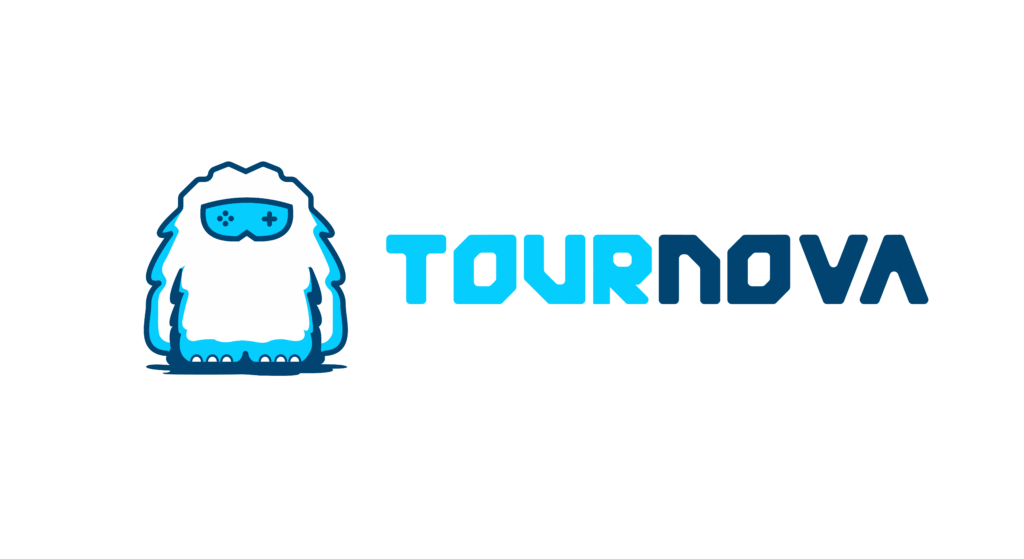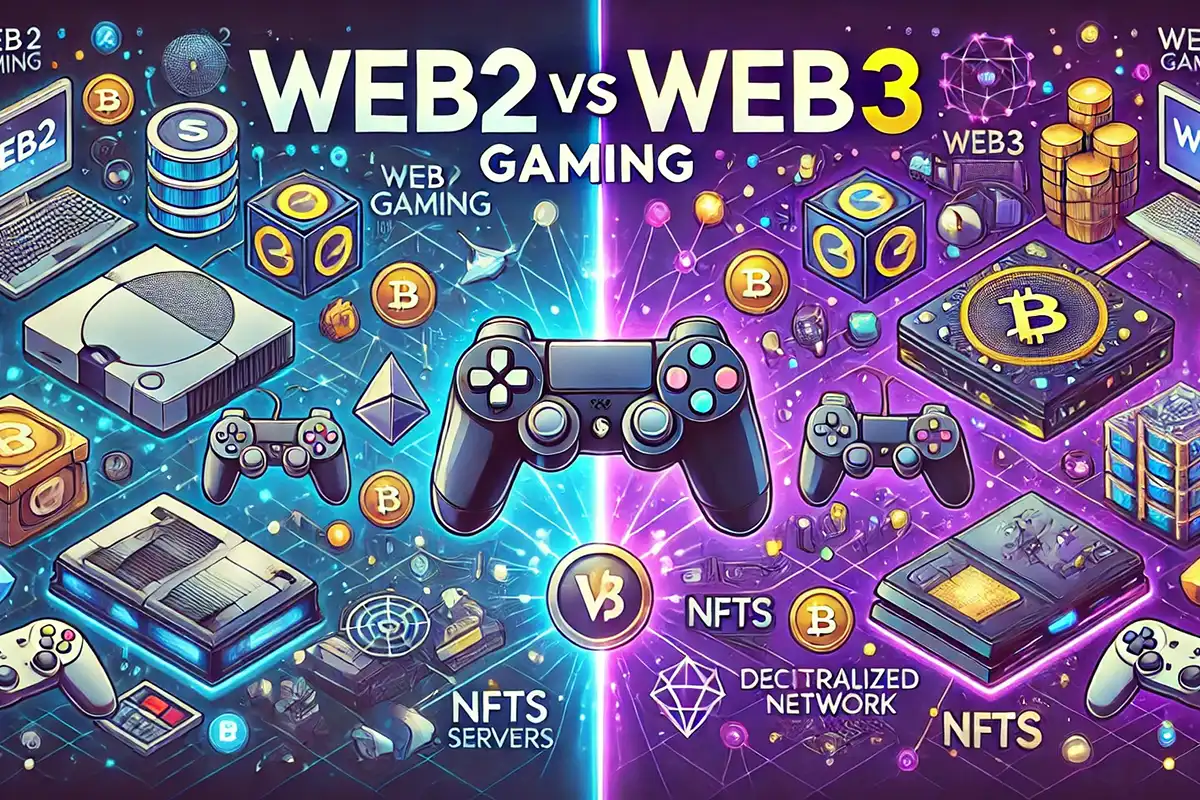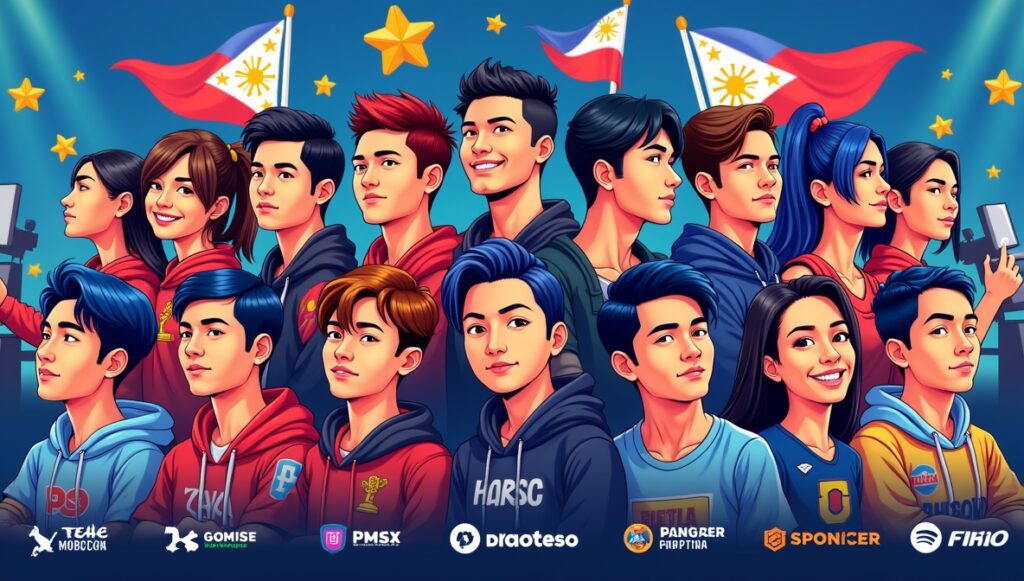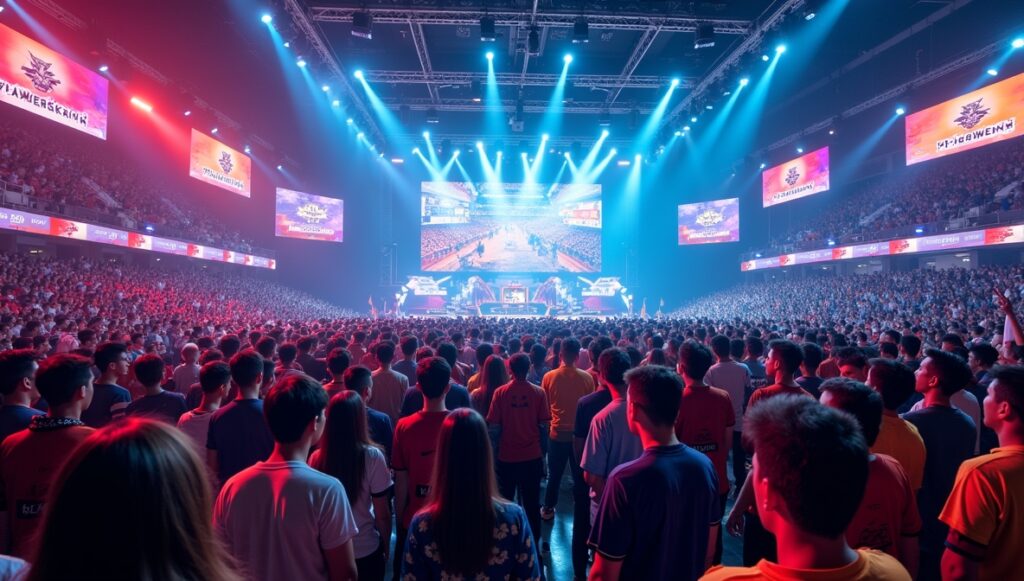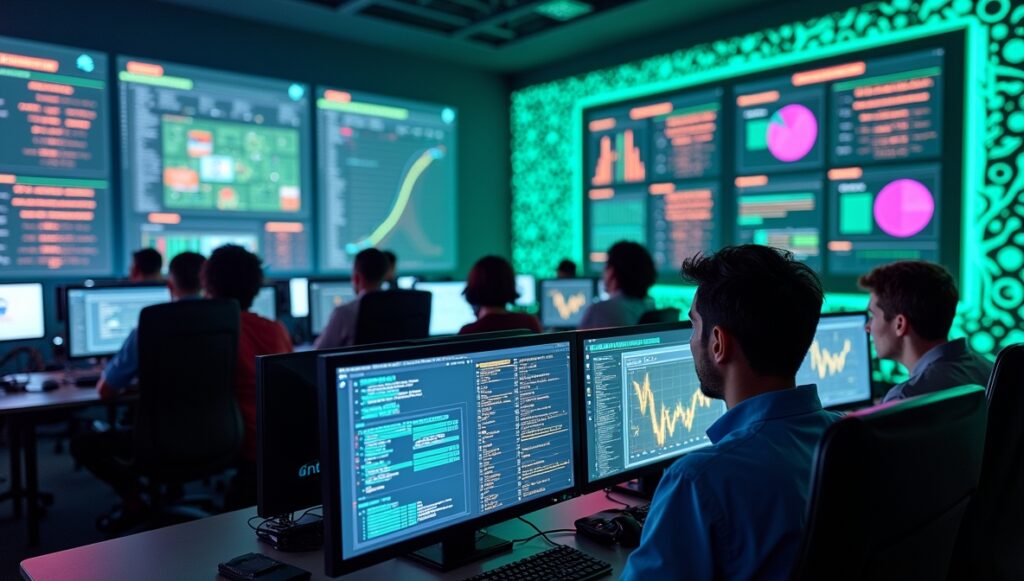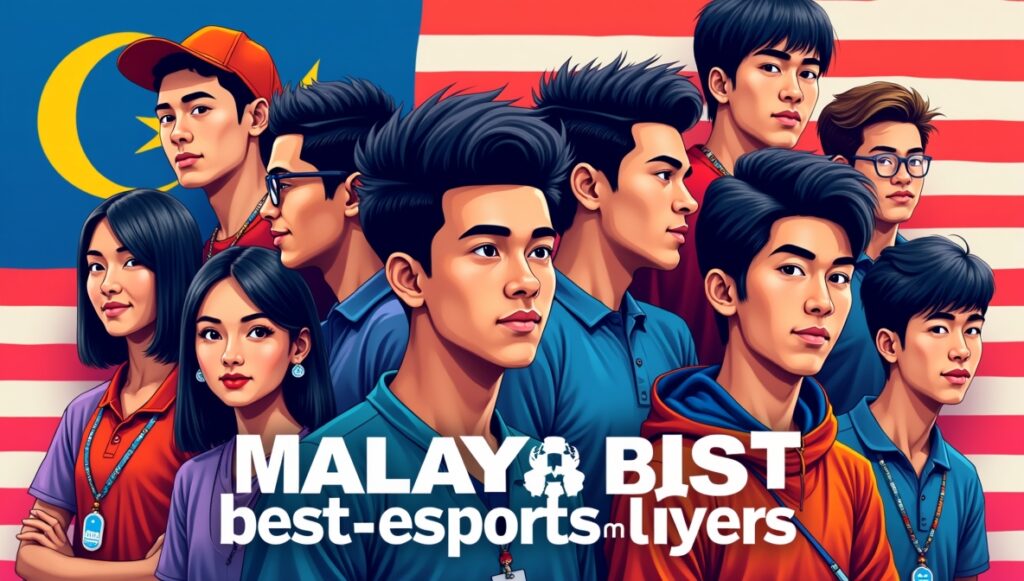Gaming has always been an escape for many of us, a thrilling dive into worlds filled with adventure and creativity. Yet, for those of us entrenched in the digital universe, a seemingly small yet massive transformation is taking place—shifting from Web2 to Web3 gaming. At first glance, it might all seem like technical jargon, but the changes are profound and impact how we play, own, and interact with games. The big problem here is understanding these new concepts and their practical implications, as we often feel left at the mercy of rapidly evolving technology.
Many game enthusiasts struggle with the transition and feel overwhelmed by the buzzwords. However, the solution lies in breaking down these complexities into digestible pieces. Let’s discuss the difference between Web2 vs Web3 gaming and unravel the key differences between these gaming paradigms and explore how they redefine the future of digital play.
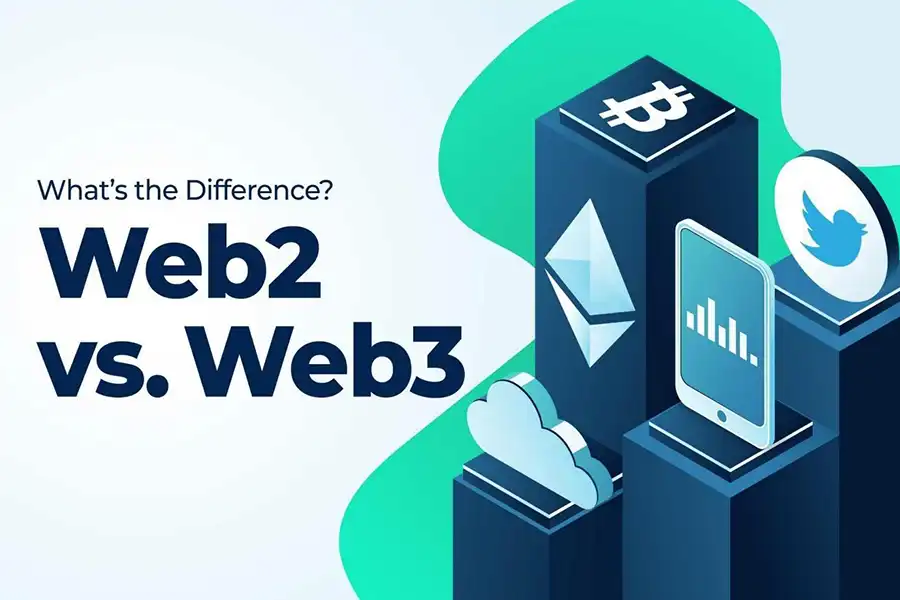
What is Web2 Gaming?
Let’s delve into familiar territory first—Web2 gaming. Picture traditional gaming, where centralized servers and proprietary platforms reign supreme. This model has been around for decades, evolving from simple arcade machines to complex console systems. In Web2, all our favorite games, like Fortnite or Call of Duty, operate on servers owned by companies, meaning we essentially rent access rather than own anything in the digital realm. Monetization models here are straightforward: developers earn primarily through in-game purchases, subscriptions, and advertisements. It’s a world where despite spending hours collecting the coolest gear, the truth is, these assets remain firmly in the grasp of the game developers.
What is Web3 Gaming?
Now, imagine gaming ecosystems where you truly own your assets and interact in a decentralized manner—welcome to Web3 gaming. This innovative approach harnesses blockchain technology to offer decentralized, player-centric experiences. Key features include blockchain-based assets that provide a sense of true ownership, where items can be bought, sold, or traded as NFTs (non-fungible tokens). Web3 gaming facilitates peer-to-peer interactions, cutting out middlemen and letting players dictate more of the content and economy within the game. This shift paves the way for games like Axie Infinity, where players can truly benefit financially from their in-game endeavors.
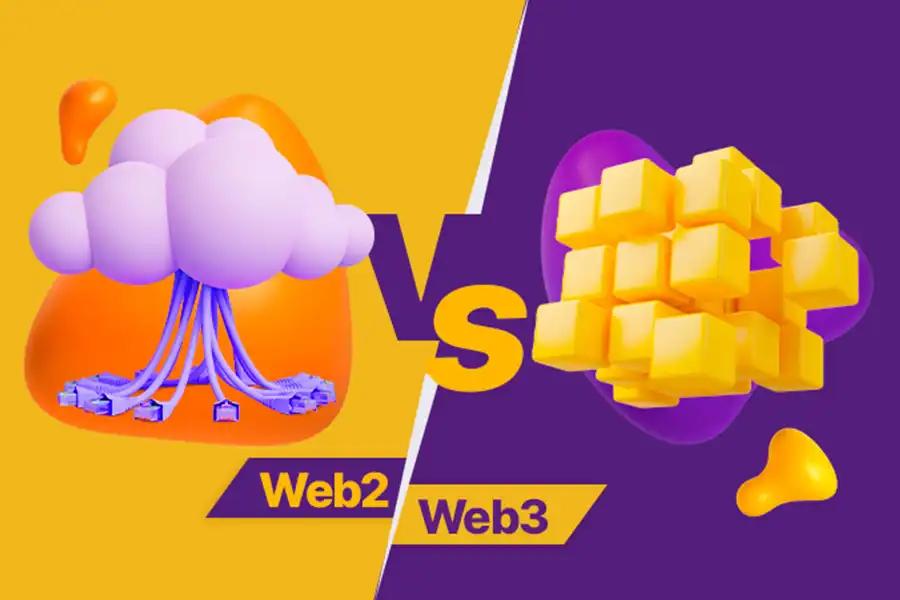
Key Difference between Web2 vs Web3 Gaming
The difference between Web2 & Web3 Gaming is not just about technology—they represent a philosophical shift in how games are developed, played, and monetized. Let’s dive deeper into the following aspects of ownership, control, decentralization, monetization models, and community involvement to gain a thorough understanding of how these paradigms affect the gaming experience.
Ownership and Control
Web2 Gaming
In the world of Web2 gaming, ownership is a somewhat illusory concept. When players engage in games, they don’t own the assets they acquire. Instead, they only hold a license to use certain in-game items, characters, or skins. This means that any asset in a Web2 game (be it a weapon, outfit, or even an account) is technically owned by the game publisher or developer, not the player.
For example, if a player invests significant time and money into acquiring rare skins or collectibles in a game like Fortnite or Call of Duty, they do not own those items. They can be removed, modified, or lost without the player having any legal recourse, especially if the game shuts down or the developers decide to change the system.

- Ownership by License: In essence, when you purchase or earn items in a Web2 game, you are merely renting those assets. They are stored on centralized servers that the game developer controls, and you have no say in how those items are managed.
- Risks: This creates an unstable sense of ownership because the players have no control over their assets beyond the platform’s rules. If the game shuts down, players lose access to these assets forever, and they have no ability to sell, trade, or transfer them outside the game’s environment.
Web3 Gaming
However, Web3 gaming disrupts ownership through the use of blockchain technology. Players own resources with blockchain where individuals hold resources in a game through NFTs which are tokenized digital items. These tokens are hence built on several decentralized networks and, due to the blockchain, cannot be altered or hacked.
- True Ownership: In Web3 games, you don’t just have an asset; you truly own it in the most straightforward sense. Whether it’s a skin, a weapon, a piece of land, or an entire game character, these are all tangible, recognizable, and transferable commodities. Once you have them, you’re free to use, trade, sell, or move them to another platform without needing the developer’s approval.
- Persistence and Value: Unlike in Web2, assets in Web3 games are escapable from the consequences of a single game or game developer. For instance, you can purchase a sword for Axie Infinity or Decentraland, and even if the entire game closes down or significantly transforms, you can still possess your sword or vendor it to another player or perhaps apply it in different blockchain video games. This lowers the risk that your collectibles will have no lasting value beyond the game environment or even the marketplace.
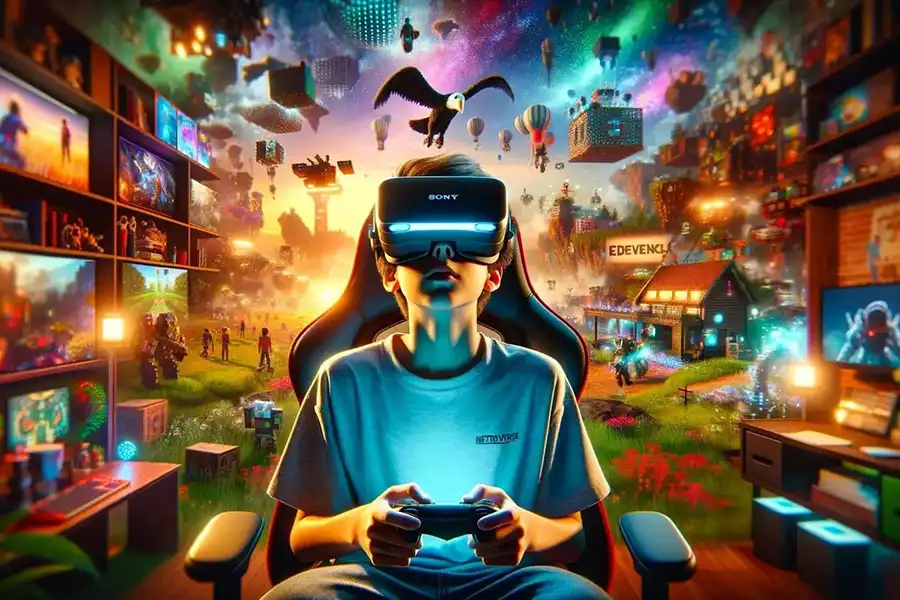
Read More: What is Esports Gaming?
Decentralization vs Centralised
Web2 Gaming
Meanwhile, the Web2 gaming universe is built on centralization. Game developers and publishers control almost every aspect of the game: from the servers on which the game operates into the virtual economy right up to the structures that govern how the game is played. Players are almost powerless in so far as what gets created, what gets deemed appropriate, and what regulates the game. Everything in the corporation has to be changed, updated, or decided by someone at the top.
- Centralized Servers: Game companies control the servers where the games are hosted, meaning they have full access to all player data, assets, and progress. This gives them the power to alter or remove features, shut down games, or even ban accounts without consulting players.
- Lack of Transparency: Because the systems are centralized, players are not always aware of what is happening behind the scenes. For example, if a game’s economy suddenly crashes or in-game currency is devalued, players might be left frustrated and powerless.
Web3 Gaming
Web3 gaming aims to solve these issues by shifting to decentralized networks, often leveraging blockchain technology. In a Web3 game, the server-side operations and the game’s core mechanisms are distributed across many nodes, meaning no single party controls the ecosystem. Instead, the game operates on a public ledger, and all players have visibility into the transactions and governance of the game world.

- Decentralized Control: The game economy, assets, and even gameplay rules are controlled by the community and smart contracts (self-executing contracts with the rules coded into them). This decentralized architecture enhances both security and transparency because it reduces the risk of fraud, hacks, or censorship.
- Enhanced Security: In a decentralized system, your assets are safeguarded by the blockchain. Transactions are secure and transparent, making it difficult for a single entity to alter or manipulate the game environment or economy.
- Player Empowerment: With decentralization, players are more integral to the ecosystem. They can help shape the future of the game through voting mechanisms, governance tokens, and participation in community-run organizations (like DAOs).
Monetization Models
Web2 Gaming
Web2 gaming follows traditional monetization models, which primarily include pay-to-play and microtransactions. In these systems, players either pay upfront for a game or make smaller payments for in-game items such as cosmetics, extra lives, or content expansions. The economics are often tied to player retention and spending power.
- Pay-to-Play: Traditional games often require players to buy a copy of the game upfront, such as in Call of Duty or The Witcher 3. The player then has access to all or most of the game’s content for a fixed price.
- Microtransactions: Free-to-play games, such as Fortnite, League of Legends, or PUBG, rely on microtransactions where players buy cosmetic items, season passes, or in-game currency. These purchases are usually designed to enhance the gaming experience without affecting gameplay, but they can create friction for players who feel pressured to spend to stay competitive.
Web3 Gaming
Web3 introduces the play-to-earn model, where players can earn real-world value by investing time and effort into the game. Instead of merely paying to play, players can earn cryptocurrency or NFTs through gameplay that can later be traded or sold. This new model reshapes the economic dynamics of gaming and opens up a new avenue for players to profit.
- Play-to-Earn: Games like Axie Infinity and The Sandbox allow players to earn tokens or NFTs that hold actual monetary value. For instance, in Axie Infinity, players can breed and sell digital creatures (Axies) to other players. Over time, these assets can be appreciated, providing players with a tangible, real-world return on their gaming efforts.
- Incentivized Participation: Through tokenomics and blockchain rewards, players are incentivized to participate in the ecosystem, whether it’s by contributing to the game’s content, engaging in a competitive market, or growing the game’s community. This creates a self-sustaining economic model where players and developers benefit from shared success.
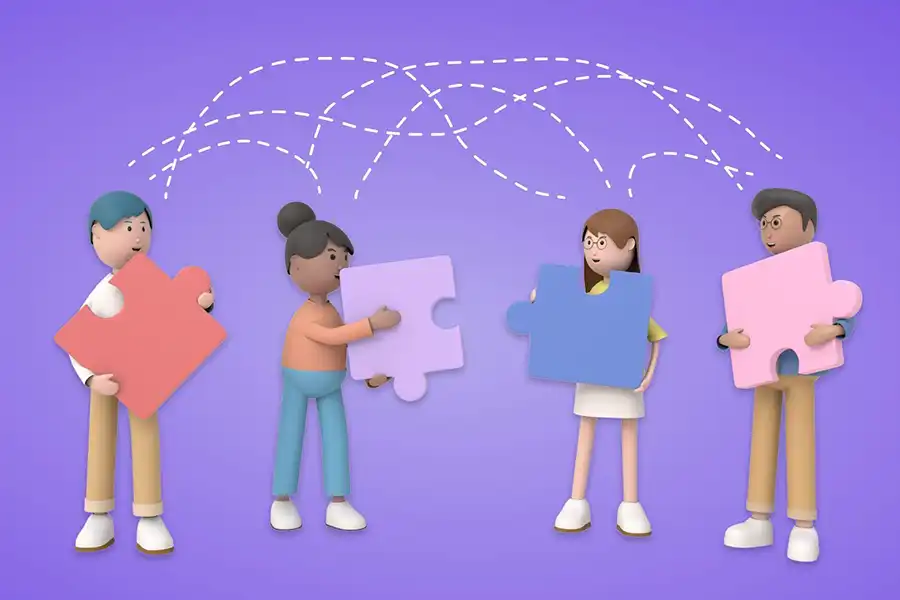
Community Involvement
Web2 Gaming
In Web2, the level of community involvement is limited. Players often provide feedback through forums or surveys, but this feedback does not significantly affect the game’s direction. Developers are the final authority, making unilateral decisions about content updates, balance changes, and other major aspects of the game. Players are largely consumers of content rather than contributors to its creation.
- Limited Input: While games often feature in-game communities, fan creations, and feedback systems, player influence is often indirect or minimal. Developers dictate updates, and the degree to which they listen to community feedback varies.
- Top-Down Development: The majority of development decisions, including expansions, patches, and monetization strategies, are made by developers. Players have no say in how the game progresses or evolves.
Web3 Gaming
Web3 gaming introduces a new era of player-driven development. This is where decentralized governance systems such as DAOs (Decentralized Autonomous Organizations) come into play. In a Web3 game, players are empowered to actively influence the game’s development through the use of governance tokens, which allow them to vote on key decisions like feature additions, balance changes, and game economics.
- Decentralized Governance: By holding governance tokens, players can vote on various aspects of the game’s development. This includes things like changing the reward structure, determining new game features, and even altering the game’s rules. Essentially, the community becomes co-creators and decision-makers alongside the developers.
- Increased Engagement: This level of involvement fosters a deeper connection between the game and its community. Players are no longer just passive consumers—they are stakeholders in the game’s success, creating a dynamic where the game evolves organically based on community-driven consensus.
| Feature | Web2 Gaming | Web3 Gaming |
| Ownership | Licensed access | True ownership via NFTs |
| Control | Centralized | Decentralized |
| Monetization | Pay-to-play | Play-to-earn |
| Community Engagement | Limited | DAO involvement |
| Security and Transparency | Controlled by firms | Blockchain-enabled |
Read More: Dota 2 Beginners Guide 2024
Challenges in Transitioning to Web3 Gaming
Making this shift isn’t without its hurdles. Development complexities arise from integrating blockchain technology, which can be resource-intensive and require specialized knowledge. As players, understanding decentralized systems can also be a steep learning curve, potentially deterring adoption. Security remains paramount; safeguarding digital assets against fraud and hacking is essential for confidence in these new platforms.

Advantages of Web3 Gaming
Despite these challenges, Web3 gaming offers significant advantages. Blockchain technology provides enhanced security, ensuring transactions are secure and transparent. Fraud reduction becomes achievable through immutable records. Additionally, true asset ownership allows for interoperability across games—imagine a sword you own being usable in multiple game worlds!
Future of Gaming, Web2 vs Web3
As we look to the horizon, gaming continues to evolve with trends like AI and AR/VR integration enhancing immersive experiences. Web3 gaming ecosystems promise economic sustainability by rewarding players and creating self-sustaining economies. Predictions suggest that Web3 will increasingly shape the future of gaming, offering unique opportunities for player involvement and financial gain.
Conclusion
The “Difference between Web2 vs Web3 Gaming” represents a fundamental shift in the gaming industry, reshaping how games are played, owned, and monetized. While “Web2 gaming” thrives on centralized systems, offering polished experiences and traditional gameplay, it limits player ownership and control. “Web3 gaming”, on the other hand, ushers in a new era of true digital ownership, decentralization, and play-to-earn economies powered by blockchain technology.
This transition is both technical and philosophical—it empowers gamers to become co-creators, stakeholders, and even beneficiaries in the gaming ecosystem. Players now have the potential to truly own their assets, trade them freely, and participate directly in shaping their favorite games through decentralized governance.
Despite challenges like technical complexities and adoption hurdles, “Web3 gaming” opens exciting possibilities that blend entertainment with financial opportunities and community-driven development. As we move forward, the evolution of gaming will likely be defined by this marriage of immersive technology and decentralized innovation. Whether you’re a casual player or a gaming enthusiast, the shift from Web2 to Web3 promises a thrilling future where games don’t just entertain—they empower.
FAQs
How does Web3 gaming handle game updates or changes?
Web3 games often incorporate player feedback through governance tokens, allowing community-driven updates to ensure the game evolves according to player preferences.
Can I use my Web3 gaming assets across different games?
Yes, one of the benefits of Web3 gaming is the interoperability of assets. NFTs and other blockchain-based assets can often be used across multiple games, expanding their value and utility.
What type of investment is needed for Web3 games?
Investment varies by game, but many offer entry without large financial input, allowing players to gradually build their portfolios through gameplay and in-game investment opportunities.
In exploring the dynamic landscape of Web2 vs. Web3 gaming, we unveil a transformation that not only redefines how games are played but also how they are owned and monetized. By understanding these changes, we prepare ourselves for a future where gaming is not just entertainment but an integral part of the digital economy.
